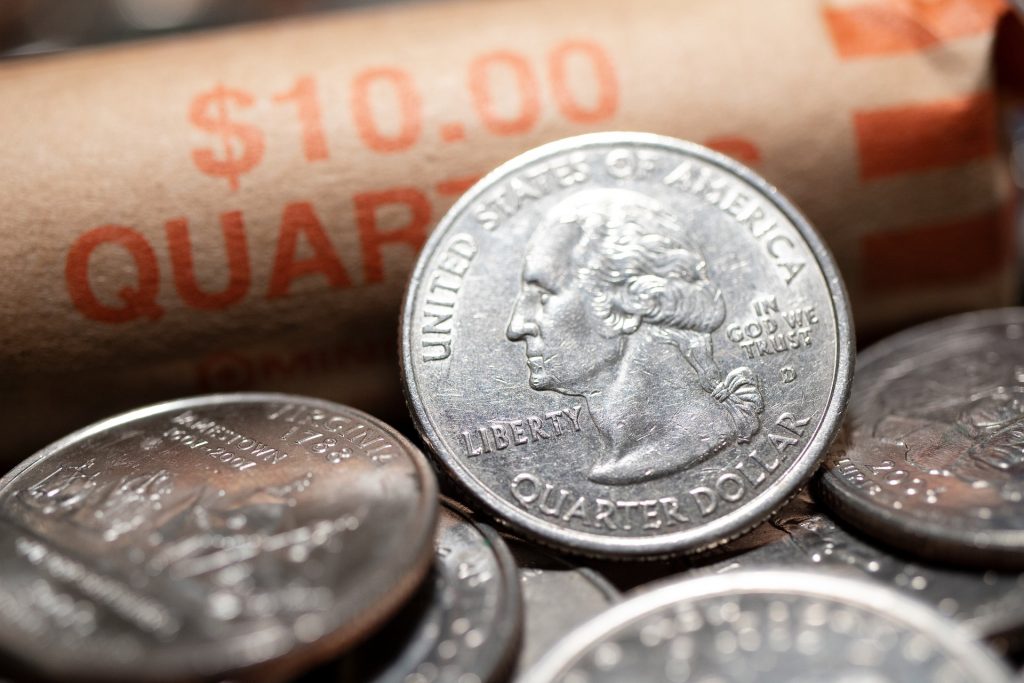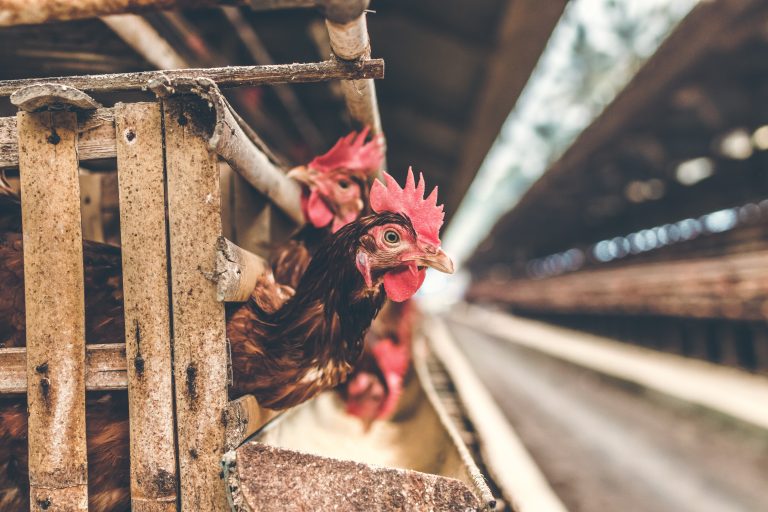Passing the Buck: Why Everything’s Now a Dollar and a Quarter at the Dollar Store

The dollar store, a staple in strip malls across many parts of rural America, is on its way to becoming the dollar and a quarter store. The appeal of the often cramped stores filled with a vast array of household products ranging from toys to mops to tuna fish, all priced at just a dollar is reflected by the sheer number of dollar store chains and locations scattered across the country. Now, though, at least one is changing the rules of the game. At Dollar Tree, prices have already started to go up and by the end of the first quarter of 2022, prices for products that had previously been $1.00 will be $1.25. Dollar Tree claims that its price increase is permanent and reflects the realities of the global economy.
Until now, Dollar Tree has been committed to maintaining its one dollar price point, while competitors including Dollar General and Family Dollar, have quietly raised prices on some goods, revealing the challenges of maintaining an appealing inventory of products that can profitably be sold for a dollar. Many of the items sold in dollar stores are produced in traditionally low cost locations like China where the cost of wages and raw materials has been rising. Higher shipping costs related to supply chain complexities during the pandemic have also put pressure on prices. Dollar Tree says that moving away from its price constraint will allow the company to broaden the selection of products for sale, albeit for a dollar and a quarter. Even so, some consumers have expressed dismay at being asked to pay 25 percent more for the same product they have been buying. Indeed, critics contend that Dollar Tree’s strategy of simply raising prices across the board could backfire, suggesting that a better approach may have been to raise prices only on new items. It remains to be seen whether Dollar Tree will become Dollar and a Quarter Tree.
Discussion Questions:
1. Discuss the dollar store concept. Why has it been so successful? Can that success continue if a dollar actually means a dollar and a quarter? What is the psychological effect of “going to the dollar store” only to find that prices are actually $1.25?
2. Dollar Tree justifies its price hike by pointing to factors in the global economy including inflation, higher costs for shipping, rising wages in China, and so on. Discuss the complexities of the global economy as they relate to low cost goods like those sold in dollar stores. Is the dollar store business model more, or less, successful during times of global inflation? Explain.
3. By raising its prices, Dollar Tree is shifting some of the burden of its increased costs to the consumer. Using the concept of price elasticity of demand, discuss Dollar Tree’s strategy. Do you think the move by the Dollar Tree to move away from the $1.00 price is just the edge of a slippery slope? Will regular price hikes become the norm?
Sources: The Guardian: What’s in a name? Discount store Dollar Tree raises prices to $1.25, NBCNews.com: Dollar Tree raises price point to $1.25, citing inflation, CNN.com: Why Dollar Tree’s price hike to $1.25 could be ‘one of the worst decisions in retail history’. Pixabay.com: Coins Photo












